Unless you’ve been living under a rock, I’m sure you’ve at least heard of the term “Native Advertising.” While the term is widespread, understanding is not. Like most digital trends, it’s something you’ve been told to start testing without a great understanding of what it is, how it’s valuable and who does it best. Because I’m personally interested in seeing where this goes, here is my attempt at understanding.
What Is Native Advertising?
Native advertising blurs the lines between ads and the digital content it surrounds. It should provide an integrated experience where ads become useful, interactive and engaging as opposed to obtrusive and interruptive. This means native advertising delivers (or is supposed to deliver) higher engagement or more value than its banner precursor.
While new and novel, it actually has its roots in search. Search ads were the original native advertising products. These ads were built to resemble organic search results, provide similar value as the organic search results and appear alongside organic search results. Over the years, digital ad products have tried to pick up a thing or two from search, getting closer to the content and further from the digital banner’s side rails. GigaOm provides a detailed look at the evolution of Native Advertising beginning with an enhanced banner and ending with a commonly mentioned Native Advertising example Facebook’s Sponsored Posts.
In this article, the author sees the evolution as Banner Ad, Tourist Ad, Citizen Ad and of course, the Truly Native. In this guide, which I highly recommend, he provides an easy framework to understand who does it well.
THE BANNER AD – THE TOURIST AD – THE RESIDENT AD – THE CITIZEN AD – THE TRULY NATIVE AD
- The Atlantic’s Tourist Ad
- Outbrain’s Resident Ad
- The Entrepreneur’s Citizen Ad
- Facebook’s Sponsored Posts
Native Advertising Goes Automated
As Native Advertising grows in popularity, I’m seeing two separate threads emerge. On one side, native advertising is blending with programmatic to provide marketers and publishers an easy way to create, buy and sell native ads.
Last week, the IAB announced an automated standard called OpenRTB 2.3. Without getting too into the weeds, this standard allows advertisers to provide a headline, copy, URL and logos. The programmatic platform will then place bids and automatically create and display your native ad in a highly relevant, contextual placement. (Is this sounding familiar? Because it’s almost identical to the way search works.) OpenRTB is the IAB’s attempt at standardizing a process already in the works with publishers like Yahoo and their Gemini Native Ad solution. Gemini provides in-stream ads across their online and mobile portals. The native ads look exactly like the content surrounding it and, in a live placement, the ad should be relevant to that content.
For more on OpenRTB 2.3, check out this infographic explaining how it all works, Learn How OpenRTB 2.3 Will Standardise Native Advertising
Native Advertising Goes Custom
On the other side, there is a growing group of publishers embracing a more custom native experience partnering with advertisers to create unique branded content. Upworthy has become the most recent shining example of this partnership. Its native advertising program, Upworthy Collaborations, brought in more than $10M last year and their ads performed 38 times better than standard social content. Advertisers willing to play within the Upworthy brand space, positive and uplifting content, can get a major brand boost with Upworthy production, packaging and distribution.
True to form, check out Upworthy’s tear-inducing Starbucks integration, When This Deaf Woman Went To Starbucks.
Outside of Upworthy, the ad community has delivered a handful of pretty amazing native advertising experiences. Check out what Netflix and Chipotle delivered last year.
The Netflix-New York Times Collaboration
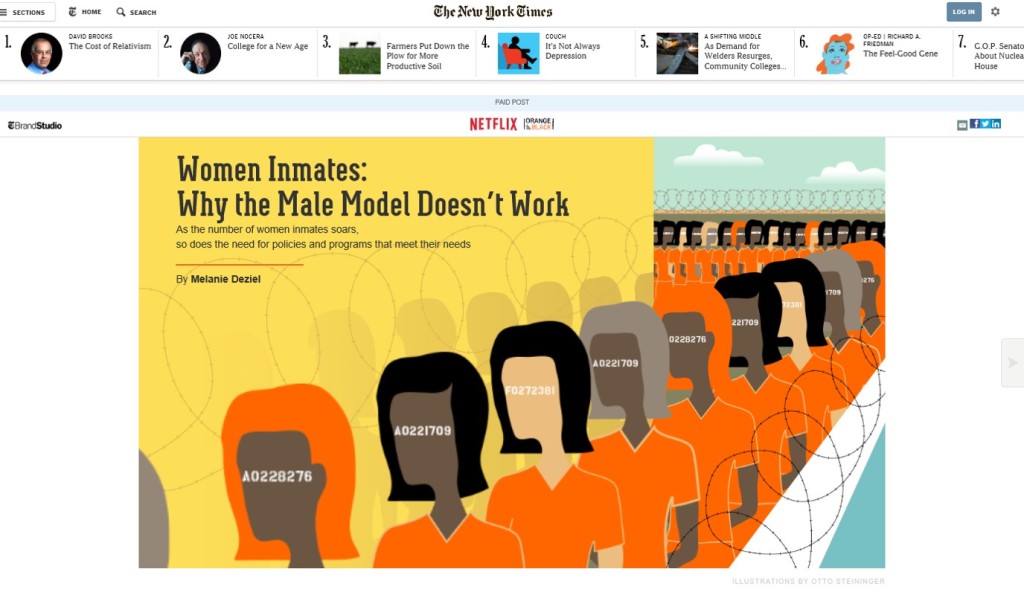
The first native advertising from T Brand Studio, the new team charged with creating content for brands, was a 1500-word article, complete with video and charts, discussing US female incarceration.
The Chipotle-Huffington Post Collaboration
Facebook, Buzzfeed, Twitter, Yahoo, The New York Times, Huffington Post and a host of other platforms are all trying to close the digital gap between great content and the advertising supporting it. There’s a playground of opportunity from the automated, performance-driven to the custom, content-focused and everything in between. The great news, there’s room for it all in the industry and in your media plans. With these options in mind, I would advocate testing 1 custom native integration with a highly relevant publisher. This will get expensive, time and money, very quickly. Then, bolster the buy with performance-driven native products to cheaply and efficiently achieve your goals. Then I would take a real good look at the ROI from these campaigns. Is it achieving your marketing goals and is it driving more value than your standard approach?
Happy testing and please do share feedback on your Native campaigns! I’m curious if the CTR and engagement lifts are real.

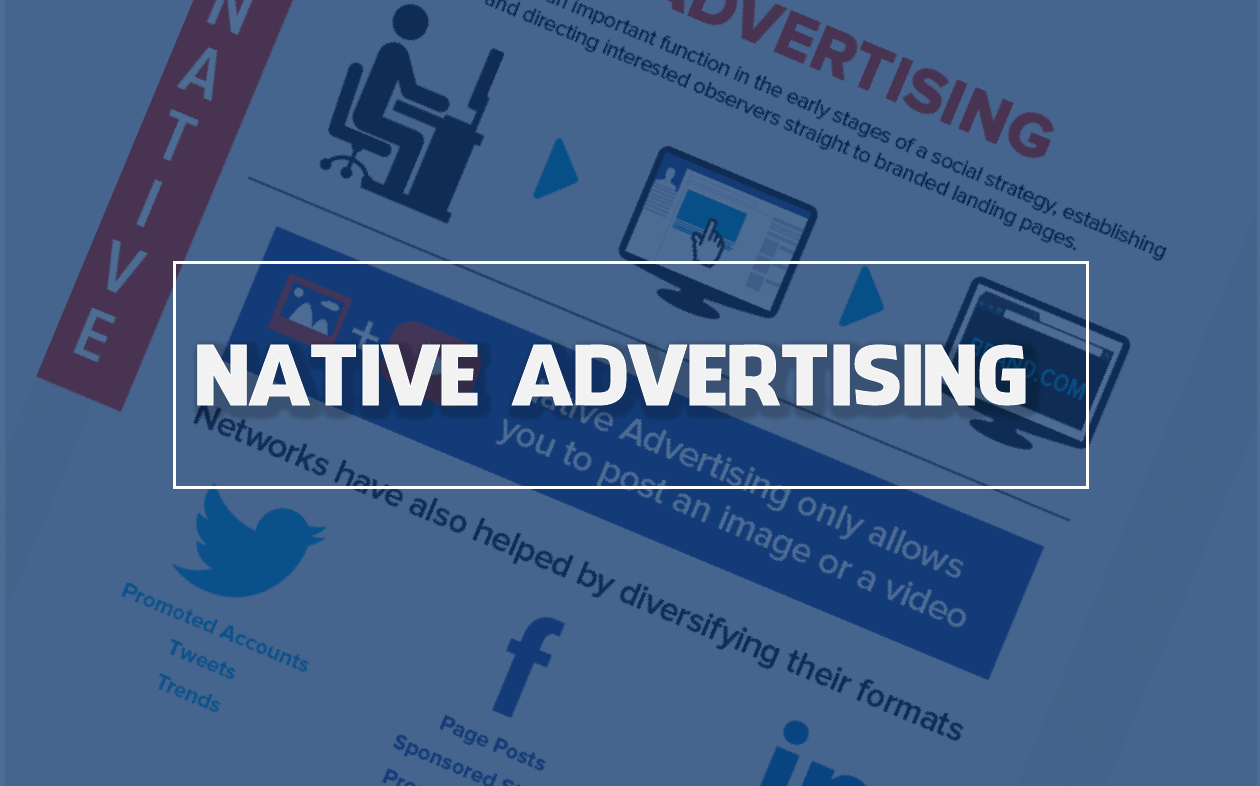
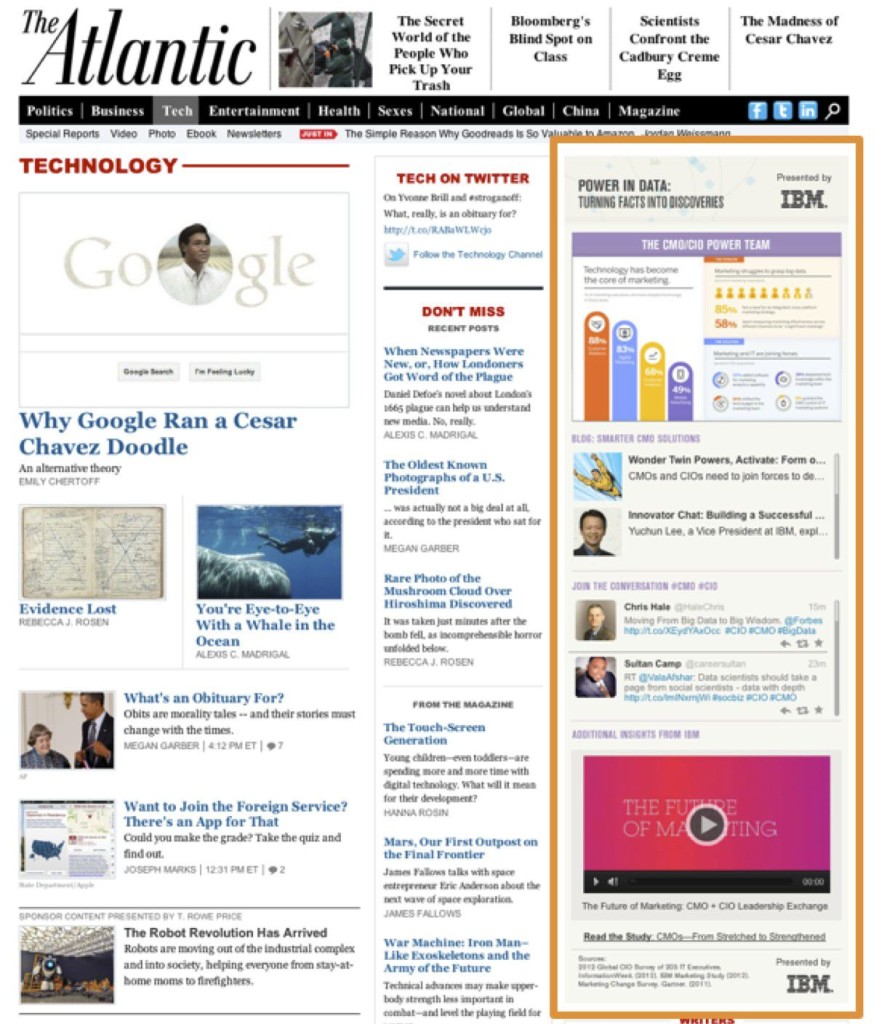
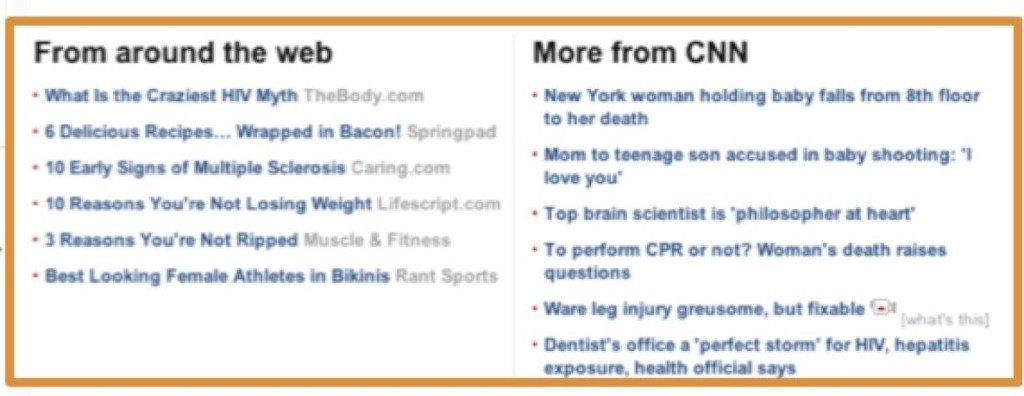
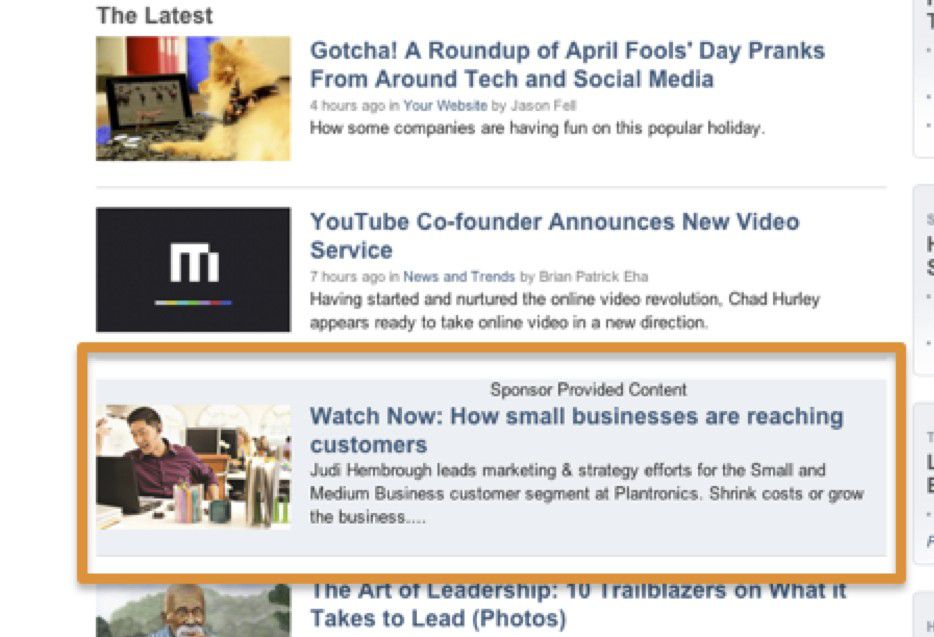
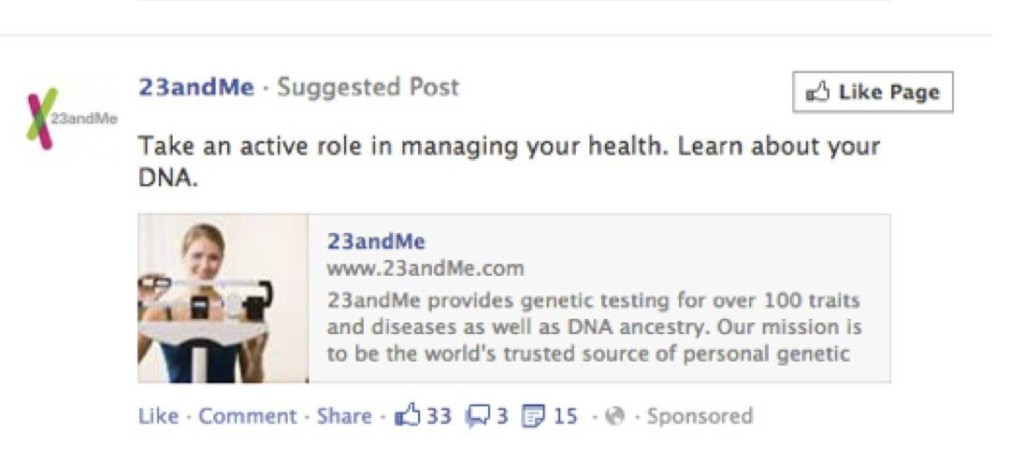
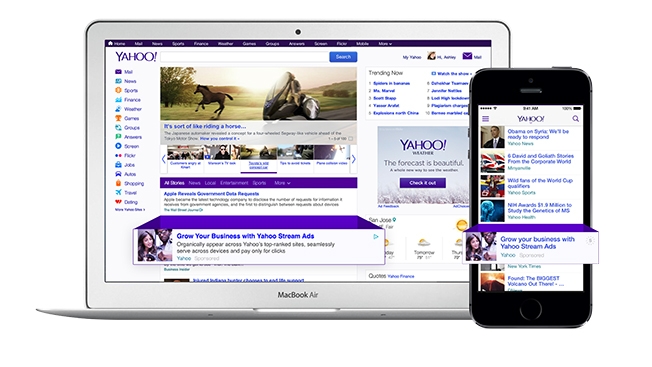
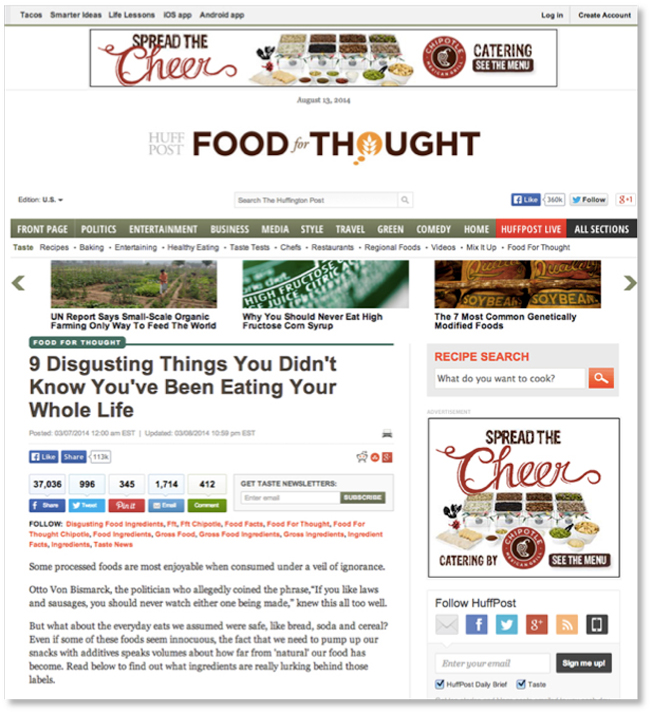
Great write up! Nice to see this clearly spelled out with examples of who’s doing this the right way and how the trend is emerging.
Thanks Carmen! And, I’m secretly hoping you get to try out some native advertising so I can pick your brain on the experience :).